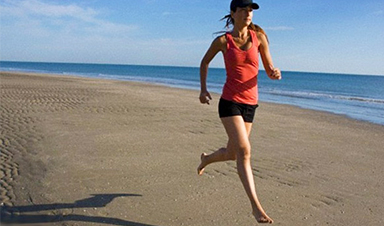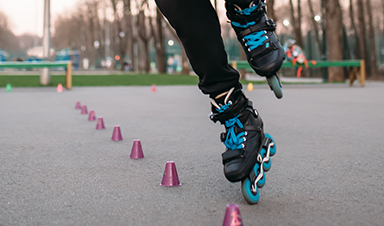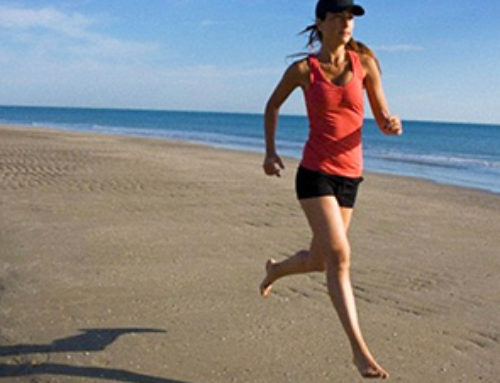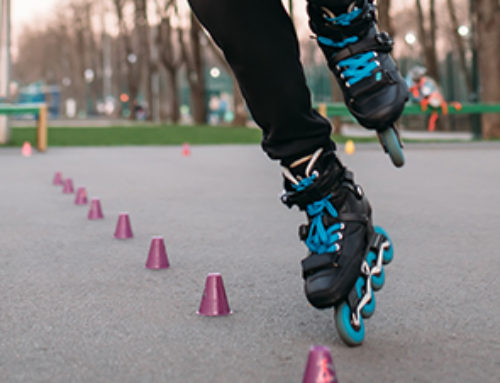For almost two decades, Stanford electrical engineering professor Krishna Shenoy and neuroscientists in his Neural Prosthetics Translational Laboratory have been working on implantable brain sensors that allow them to record and decipher the electrical activity of neurons that control body movement.
The long-term goal: to build prosthetics that amputees and those with paralysis can control with their thoughts.
Currently, the process of analyzing neural activity is time-consuming and laborious. But in a paper in the journal Neuron, Shenoy and his team reveal that they have established a vastly simpler way to study the brain’s electrical activity. Their findings could one day open the door to a new age of super-compact, low-power, potentially wireless brain sensors that would bring thought-controlled prosthetics into much wider use.
In essence, the team has circumvented today’s painstaking process of tracking the activity of individual neurons in favor of decoding neural activity in the aggregate. Each time a neuron fires it sends an electrical signal — known as a “spike” — to the next neuron down the line. It’s the sort of intercellular communication that turns a notion in the mind into muscle contraction elsewhere in the body. “Each neuron has its own electrical fingerprint and no two are identical,” says Eric Trautmann, a postdoctoral researcher in Shenoy’s lab and first author of the paper.
Neuroscientists call that process “spike sorting,” and it must be done for every neuron in every experiment, an endeavor that eats up many thousands of hours of researcher time each year and is only going to get more time consuming as scientists build implants with greater numbers of electrodes. Indeed, researchers estimate that sensors will have 1,000 or more electrodes — up from 100 today — at which point, it would take a neuroscientist 100 hours or more to sort the spikes by hand for every experiment.
Image Credit: neurosciencenews.com
Thanks to Heinz V. Hoenen. Follow him on twitter: @HeinzVHoenen
News
Jamilee Baroud Podcast – Frank Boehm Interview
In her inaugural podcast, Jamilee interviews Frank Boehm of NanoApps Medical Inc and NanoApps Athletics Inc. From Jamilee's podcast: Welcome to the first episode of "In a Click". On todays show I chat with [...]
Could prosthetic limbs one day be controlled by human thought?
For almost two decades, Stanford electrical engineering professor Krishna Shenoy and neuroscientists in his Neural Prosthetics Translational Laboratory have been working on implantable brain sensors that allow them to record and decipher the electrical [...]
Some shifts in venture capital financing of biopharma companies appear underway
Silicon Valley Bank released its healthcare investments and exits trend report for the first half of 2019. It shows, among other things, oncology losing its first-place status in terms of Series A dollars raised. Venture [...]
Archilles Tendon Risk Factors
Achilles tendinopathy affects competitive and recreational athletes as well as people who are not active. The incidence of Achilles tendon rupture in the general population is approximately 5 to 10 per 100,000, but may be [...]
Video: Amplifying the impact of scientific innovations
From Frontiers Forum: How can research translate to R&D? Or a whole new business venture? In a panel session at Science Unlimited 2019, Holtzbrinck Publishing Group CEO Stefan von Holtzbrinck, Life Biosciences CEO [...]
Inline Skating Injuries
Inline skating is a popular form of exercise that can burn as many calories as running or cycling while potentially placing less stress on the joints of the lower body. More than 17 million Americans [...]











Leave A Comment